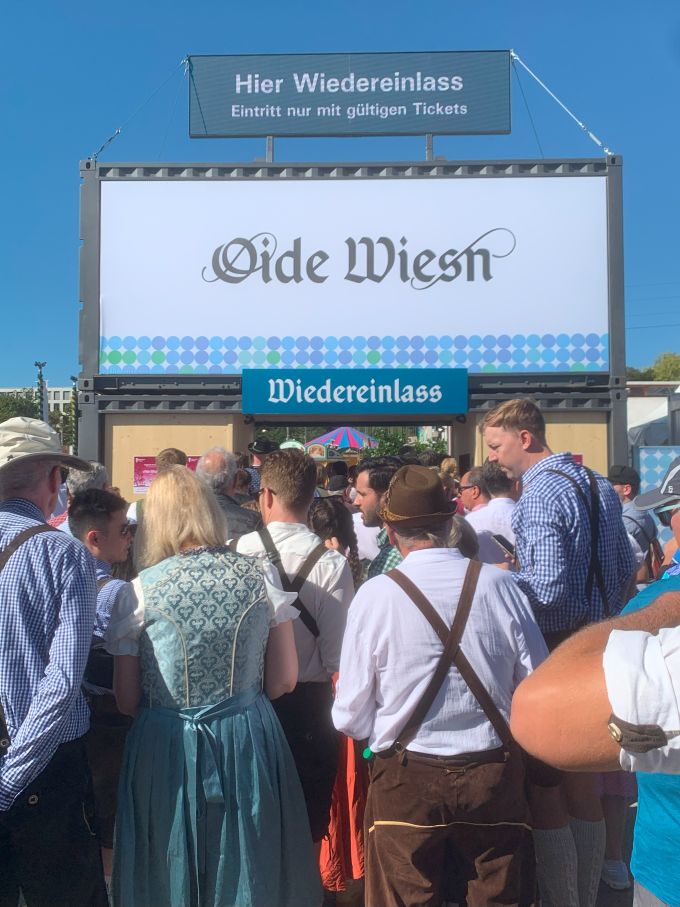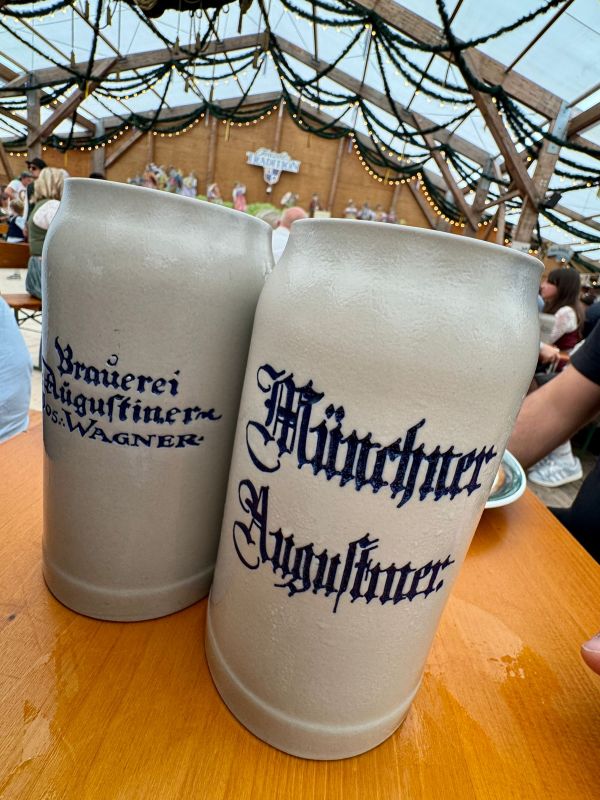
This September I finally did something I had been planning for years: I experienced Octoberfest with a long‑time friend. 2025 felt extra special —
I had come straight from Drinktec a major brewing exhibition and was buzzing with ideas, but once we stepped into the festival the rhythm slowed and every clink of glass felt like an invitation to celebrate life. Together we wandered through the sprawling grounds, surrendered to the music, and rediscovered what a simple beer and a heartfelt “Prost!” can do for a friendship.
The day became a perfect blend of discovery and relaxation: new connections, old conversations continued, and a deep appreciation for the rituals that make Octoberfest one of the world’s most beloved gatherings.

Octoberfest: The Greatest Folk Festival — Facts, Rituals, and Pageantry
Octoberfest (Oktoberfest) is the world’s largest folk festival, attracting roughly six million visitors each year to Munich.
Despite the name, the festival traditionally begins in late September and stretches into the first weekend of October — a historical scheduling choice made to take advantage of milder weather and originally tied to a royal wedding celebration. The official opening is a ceremony full of pomp and cheer: the mayor of Munich taps the first keg with the shout “O’zapft is!” signaling the start of beer service across the massive tents. These elaborately decorated teams of horses and carriages roll through the city streets to the festival grounds, a living homage to Munich’s brewing heritage and a reminder of simpler times when beer was delivered by horsepower.
The festival lasts around two weeks (this year it kicked off on September 20th) and is dominated by large tents hosted by Munich’s major breweries — Paulaner, Hofbräu (HB), Augustiner, Spaten and Löwenbräu among others — each offering its own distinct atmosphere, band lineup, and beer specialties.
These tents are enormous social stages where strangers become drinking companions, regional songs echo across tables, and Bavarian costume and custom are celebrated in full color.
One of the most memorable parts of my visit was the Oidn Wiesn, the “Alte Wiese” or historic Octoberfest area. For a small entry fee (less tham €5) you step into a quieter, more traditional world where the emphasis is on heritage rather than sheer party volume. The Oidn Wiesn is populated by people wearing classic Bavarian attire — lederhosen for men and dirndls for women — and offers a window into customs that many visitors don’t experience in the main tents.
There are delightful cultural details everywhere: for example, a ribbon tied on a woman’s dirndl apron on the left indicates she is single, a tiny signal that archaeologically links costume to social cues. Within the tent the atmosphere was warm and communal. Brass and woodwind folk bands filled the air with polkas, waltzes, and drinking songs; couples and groups danced between tables while the rest of us sang along, clapped, or simply listened. Long wooden tables are the social backbone of Oktoberfest, where conversations flow easily from small talk to deeper exchanges, and where I found myself sitting between two Germans and an Italian couple — all strangers at first, neighbors by the end of the afternoon. We swapped stories about work, travel, and life, and even exchanged business cards — another reminder that festivals like this can mix pleasure with opportunity.

Food at the Oidn Wiesn is proudly traditional, and sampling the menu feels like a culinary tour of Bavaria. Giant pretzels — warm, chewy, and liberally salted — are everywhere and pair perfectly with savory dishes. Weisswurst, a white veal-and-pork sausage usually served with sweet mustard and a pretzel, is a must-try; it’s traditionally eaten in the morning and is part of the cultural ritual around Bavarian eating. The Schweinshaxe, the roasted pork knuckle, is an impressive centerpiece: crispy skin, juicy interior, and served with potatoes or dumplings for a hearty meal that fuels many hours of celebration.
Beverage choices are led by classic Helles lagers and Weizen wheat beers, each poured into the famed 1‑liter Krug — the Mass — a heavy ceramic or glass stein that helps preserve the beer’s chill and gives each toast a satisfying weight. When you raise your Mass at a crowded table, take a moment to look your tablemates in the eye before clinking — Bavarian etiquette says this ensures good luck. Then say, loud and friendly: Prost! The shared toast is a brief ceremony that transforms a row of benches into a communal circle.

There is an unmistakable social alchemy at Octoberfest that few festivals capture so effortlessly.
The environment encourages conversation: long communal benches, loud joyous music, and the easy accessibility of beer make interaction natural. My friend and I found ourselves in conversations that flowed from football rivalries to industry talk, local lore, and travel recommendations. It is common to make plans with people you met hours earlier, exchange contacts, and promise to meet again in other places.
This sociable spirit is partly why Octoberfest has such enduring global appeal: it creates a space where cultural exchange happens over simple human pleasures — food, music, and drink.

Coming to Octoberfest right after a major brewing exhibition gave the visit extra resonance for me.
Seeing the scale of modern brewing technology and then stepping into an event where centuries-old traditions are performed with pride was a powerful contrast. Octoberfest is a celebration of beer not just as a product but as a cultural artifact — a way of life in which centuries of craft, community, and regional identity are preserved.
For brewers and beer lovers, it’s both an inspiration and a reminder: innovation can coexist with tradition, and the best experiences honor both.
Practical Tips for Enjoying Octoberfest
To make the most of Octoberfest, consider a few practical tips. Book tent reservations early if you want guaranteed seating, but also allow for spontaneous tent-hopping to soak in different atmospheres. Dress the part if you enjoy it — a dirndl or lederhosen adds to the fun and helps you feel part of the local scene. Pace yourself with the Mass; those liters add up, and traditional food provides ballast. If you’re interested in authentic cultural experiences, make time for the Oidn Wiesn, where folk music, historical exhibits, and more intimate tents give a richer sense of Bavarian heritage. And finally, be open to meeting people; some of the most memorable moments at Octoberfest might come from unexpected conversations.
Conclusion: Prost to Tradition, Friendship, and Lasting Memories
My 2025 Octoberfest visit was a vivid reminder why this festival endures: it’s where hospitality, history, and hearty beer meet to create moments that stick with you.
The Oidn Wiesn offered a timeless, traditional counterpoint to the festival’s more boisterous tents — a place of music, food, and genuine conviviality where strangers become companions and every “Prost!” feels meaningful.
Above all, Octoberfest is a celebration of togetherness: of friends old and new, of brewers and craft, and of a cultural tradition that continues to bring people together from around the world. If you go, savor the beer, enjoy the company, and raise your Mass high — Prost!